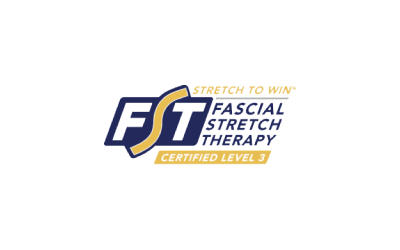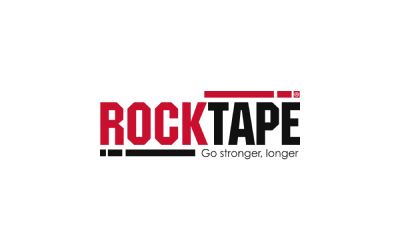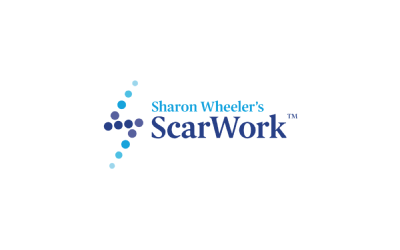Join the conversation.
The Value of Health
The Paradox of Value and Taking Things for Granted
Health is the most valuable thing we possess. Yet, we often fail to recognise its worth until it’s compromised. This realisation usually dawns upon us in the midst of an illness or injury, reminding us of the fragile nature of our well-being. But why wait for such a wake-up call? Our health deserves more proactive attention, especially when it comes to our movement health, which is as vital as our general health, if not more.
We live in a world where our general health is constantly bombarded with quick fixes—pills, potions, and supplements promising to cure all ills. From vitamins to herbal concoctions, we’ve all dabbled in these solutions at some point. Now, a similar trend is emerging in the realm of movement health, with products and gadgets promising to enhance our physical capabilities. But let’s be clear: no pill or potion can replace the fundamental need for movement.
Move The "Oh Shit" Moment Away
Our bodies are designed to move. Movement is not optional; it’s essential. When we neglect this, our movement health deteriorates, leading to injuries and ailments such as, muscle strains and tightness, joint problems and the need for replacements. Imagine the economic and emotional toll of waiting years for medical intervention due to a strained healthcare system, only to “fix” something that could have been heavily mitigated.
Instead of waiting for the “oh shit” moment, we need to shift our mindset. Let’s value our movement health as the precious asset it is. By investing in it proactively, we can avoid the downward spiral of neglect and injury. One effective way to do this is through systems like Functional Range Conditioning (FRC), which focuses on joint-specific strength training. These methods not only maintain our movement health, from the joint capsule out, but also enhance it, allowing us to lead more active and fulfilling lives.
Pay Forward for Long Term Economic Benefits
Paying forward to maintain our movement health is far more economical and beneficial than trying to restore it once it’s broken. By making movement health a non-negotiable priority, we invest in a future where our bodies serve us well, free from the preventable ailments that come from inactivity.
So, let’s place the highest value on our health and movement health. Let’s move regularly, with intention and care, meeting our bodies’ needs where they are. By doing so, we ensure that our most valuable asset remains robust and resilient, allowing us to live life to its fullest, without the looming threat of preventable health issues.
The (Mis)-Conception of Age
As we age, many of us accept certain physical limitations as an inevitable part of “getting old.” We hear people in their 30s and beyond saying they can’t do what they used to do in their 20s. However, this decline in physical ability is often not due to aging itself but to poor movement habits and the lack of variety in our movements.
Movement health refers to the ability of our bodies to perform various movements efficiently and without pain. It includes flexibility, strength, coordination, and endurance. When we neglect these aspects, our range of motion decreases, our joints become stiff, and we experience pain and discomfort. This is not merely a result of aging but a consequence of not maintaining and improving our movement capabilities.
It’s alarming how quickly our movement health can deteriorate without proper care. Regular movement and exercise tailored to our current abilities can dramatically improve our quality of life as we age. Yet, many people fail to adjust their exercise routines to address their changing needs, leading to a cycle of decreased movement and increased discomfort.
Are We Missing the Most Basic Investment Opportunity Known to The Human Race?
Consider the financial aspect of maintaining movement health. The cost of dealing with injuries or joint replacements is substantial. For example, a knee replacement surgery can cost anywhere from $30,000 to $50,000. On the other hand, investing in a structured movement health program, such as Functional Range Conditioning, might cost around from $25 per week. This proactive approach not only saves money in the long run but also spares us the pain and recovery time associated with surgeries and severe injuries.
As we mentioned in our previous article, the healthcare system is under immense strain, making it likely that you’ll wait years for even the simplest procedures. This delay further exacerbates movement health deterioration. By taking control and prioritising movement health, we can prevent many of these issues from arising in the first place.
Despite this knowledge, we still fail to place our movement health as a non-negotiable priority, whilst concurrently refusing to relinquish our trim almond milk chai latte at $6.50+ per cup multiple times per day /week, knowing that “sweet warm treat” will do nothing towards improving our aged health and movement outcomes!
So, let’s reframe our perspective on health and aging. Embrace the idea that many physical limitations attributed to getting older can actually be mitigated with the right approach to movement. Make movement health a non-negotiable part of your life, invest in it proactively regardless of the financial markets, and enjoy the benefits of a body that moves well and supports you in all your endeavours. Your future self will thank you.




